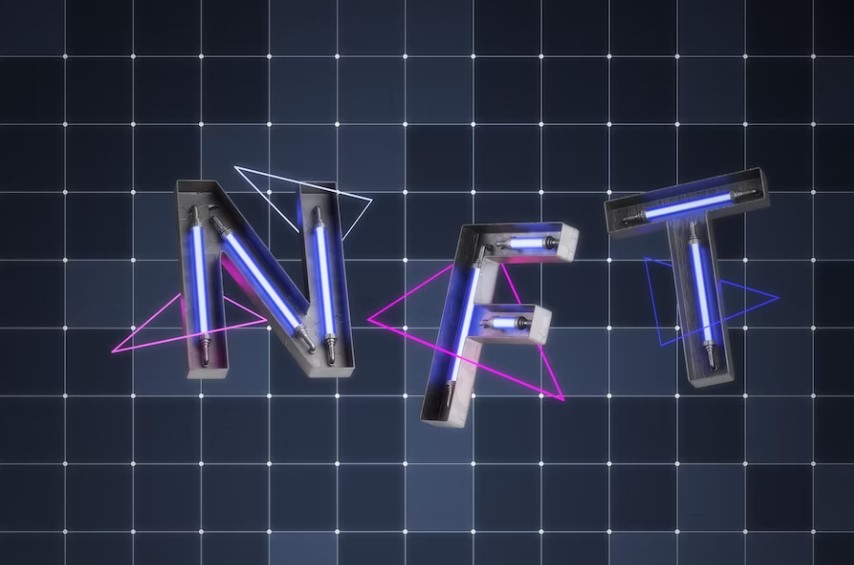The Rise And Fall Of NFTs: Understanding The Recent Market Collapse

In art, few topics have garnered as much attention in the past year as NFTs. Non-fungible tokens (NFTs) are digital assets used to represent everything from digital artwork to music and video games. While the concept has been around for several years, the past year saw an explosion in the NFT market, with investors pouring billions of dollars into NFTs. However, the market has significantly declined in recent months, leaving many investors wondering what went wrong. Check out reputed websites like Insights for more information on this topic and other art investment trends.
The Rise Of NFTS
NFTs represent a new type of asset that is digital, unique, and easily transferable. They have been touted as a way to create a new market for digital art and other forms of digital content. Many artists and content creators have embraced NFTs to monetize their work and gain recognition in the art world. In addition, many investors have seen NFTs as a way to invest in digital art and other forms of digital content, which have traditionally been difficult to monetize.
The Fall Of NFTs
The market for NFTs has seen a significant decline in recent months, with many NFTs selling for significantly less than their initial sale price. The collapse of the NFT market has been attributed to several factors, including oversupply, lack of demand, and a shift in investor sentiment.
One of the key factors in the decline of the NFT market has been oversupply. In recent months, a flood of new NFTs has entered the market, with many artists and content creators jumping on the bandwagon. This oversupply has led to a dilution of the market, making it difficult for investors to identify high-quality NFTs.
Another factor in the decline of the NFT market has been a lack of demand. While the initial hype around NFTs generated a lot of interest from investors, many have been left questioning the long-term value of NFTs. The lack of clear use cases for NFTs and the difficulty in valuing them has made it difficult for investors to see them as a legitimate asset class.
Finally, there has been a shift in investor sentiment, with many investors moving away from speculative investments like NFTs and focusing on more traditional investments. As the market for NFTs has cooled, investors have turned their attention to other assets, such as cryptocurrencies and stocks.
What Does The Future Hold?
While the recent decline in the NFT market has disillusioned many investors, some believe that NFTs still represent a significant opportunity. NFTs can potentially revolutionize how one thinks about ownership and value in the digital age. They also offer artists and content creators a new way to monetize their work and gain recognition in the art world.
The Role Of Speculation
One major factor behind the recent NFT market collapse was the speculative frenzy that had taken hold. Speculators began buying NFTs in hopes of making a quick profit, driving prices to unsustainable levels. The market was flooded with low-quality NFTs, and many buyers were left with investments worth far less than what they had paid.
In conclusion, the recent collapse of the NFT market was driven by a combination of factors, including speculation, fraud, and lack of understanding. While the market may have experienced a setback, many people still believe in the long-term potential of NFTs. Insights from experts in the field can provide valuable guidance for those looking to navigate the complex world of NFTs. As the market evolves and matures, it will be important for participants to focus on building trust and investing in NFTs based on their inherent value rather than hype or speculation.
Additionals


























